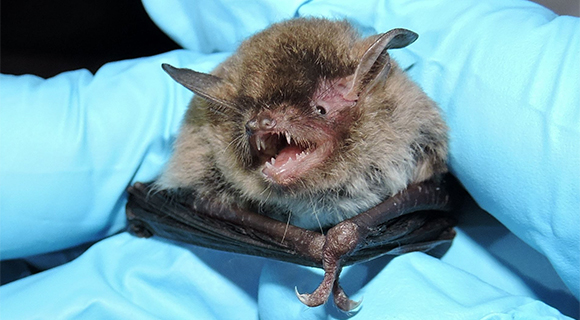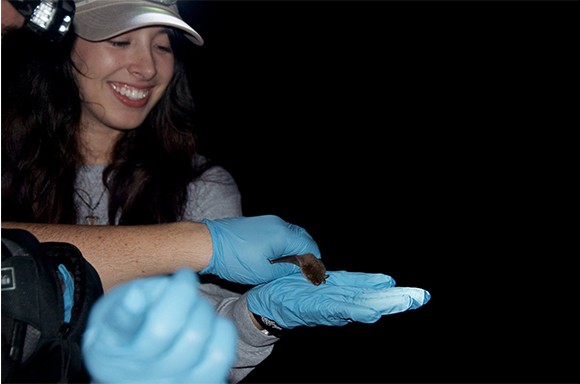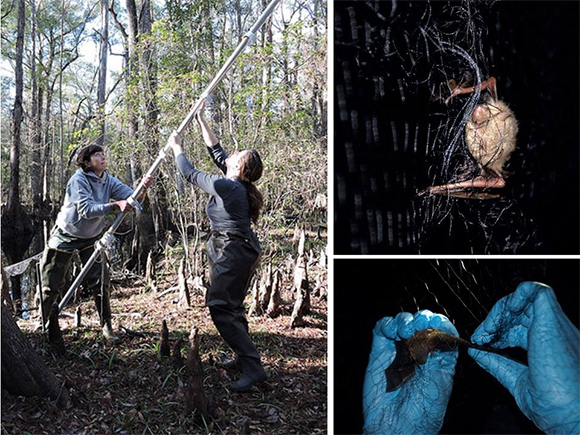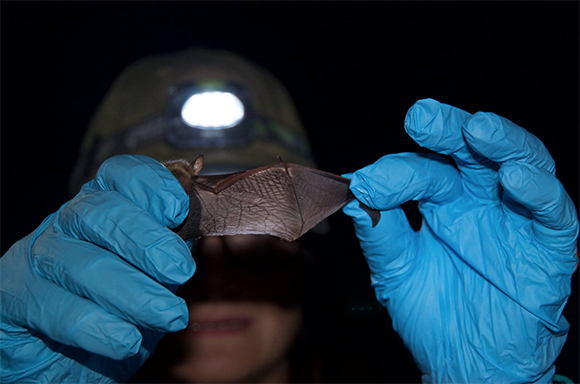Florida Fish And Wildlife: Biologists Capture Bats, Check Signs of White-Nose Syndrome
By Space Coast Daily // January 13, 2016
florida still free of the fungal infection

It was a great night to catch bats.
Biologists strung nets up at a conservation area to find out what species were flying this time of year.
All the bats captured were weighed, measured and checked for signs of white-nose syndrome (WNS), a fungal disease that affects cave-hibernating bats throughout the northeastern U.S. and Canada.
WNS has been detected as far south as Georgia and Alabama, but fortunately Florida is still free of the disease.
After the bats were examined, they were released to continue their search for insects.
Biologists check for wing damage on each bat. Damage could indicate signs of white-nose syndrome. This fungal disease hasn’t been detected in Florida yet and bat biologists want to keep it that way.
Did you know a single bat can eat hundreds of mosquitoes each night?
Florida has 13 native bat species which play a major role in reducing agricultural pests and controlling mosquitoes that can carry human disease.
The value of insect suppression by bats to U.S. agriculture has been estimated at between $4 billion to $50 billion a year.
CLICK HERE FOR MORE INFORMATION

















